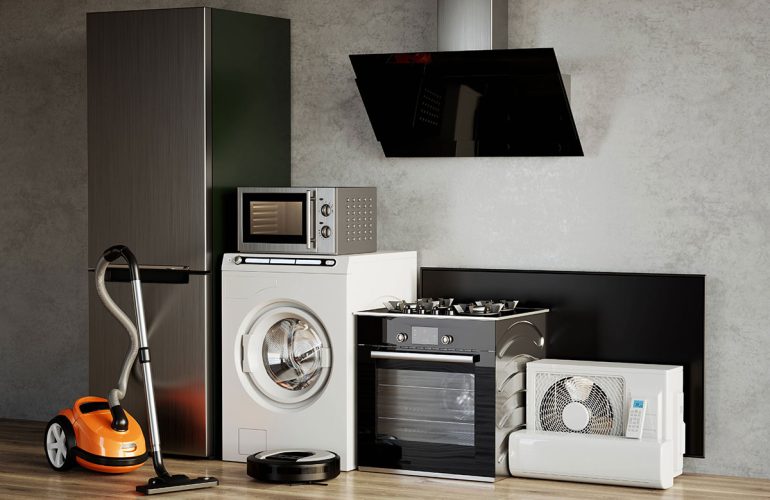
As the global energy transition accelerates, residential energy storage systems are evolving from technological concepts to essential components of modern living. Lithium batteries, as the most mature energy storage medium, have demonstrated their economic efficiency, environmental benefits, and reliability through millions of global household installations. This expanded analysis delves into the multidimensional value of home lithium battery storage systems to help users develop a comprehensive understanding.
Peak-Valley Electricity Price Arbitrage
Smart energy management systems enable households to charge during off-peak hours (typically 23:00-7:00) at USD 0.042/kWh and discharge during peak hours (8:00-22:00) at USD 0.11/kWh. According to 2024 tracking data from Shanghai's Pudong District, users with 5kWh storage systems save an average of USD 307 annually. With battery costs declining 27% since 2023, the payback period has shortened from 8 years to just 4.6 years. Participants in Virtual Power Plant (VPP) programs additionally receive grid demand response subsidies.
Solar Energy Optimization
Lithium batteries effectively address solar power intermittency. Monitoring data from a townhouse in Wuxi, Jiangsu shows that without storage, rooftop PV curtailment reached 32%. After installing a 10kWh system, curtailment dropped to 4.7%, while self-consumption rate surged from 39.8% to 84.6%. Fraunhofer Institute simulations confirm that PV+battery combinations can reduce household energy expenses by 60-80%.
Carbon Emission Reduction
China Electric Power Research Institute calculates that each kWh of lithium battery storage reduces CO₂ emissions by 0.8kg. A 10kWh system cuts annual emissions by 2.92 tons—equivalent to the carbon sequestration of 15 twenty-year-old poplar trees. Should home energy storage penetration reach 10% nationwide, annual emission reductions would surpass the carbon offset of the Three Gorges Dam's total annual output.
Resource Circularity
Modern LFP batteries achieve 6,000 cycles at 80% capacity retention. With daily cycling, this translates to over 16 years of service. Retired batteries undergo health assessments before being repurposed for e-bike charging stations or 5G base station backup power, enabling full lifecycle utilization. CATL's 2025 roadmap indicates battery recycling rates will reach 98%.
Blackout Protection
During Texas' 2021 winter storm, Powerwall-equipped homes maintained critical power for 72-96 hours, while conventional households endured average outages of 124 hours. Research from earthquake-prone regions of Japan shows disaster recovery is 3× faster in homes with energy storage.
Intelligent Load Management
Next-gen systems feature AI-powered load recognition that distinguishes critical devices (refrigerators ≈200W, ventilators 50-100W) from non-essential loads (air conditioners ≈2000W). Huawei's 2025 Home Energy Management System achieves critical circuit switching within 0.02 seconds during outages and supports remote control via mobile app.
